Think about a language that’s been in use for more than two thousand years and is still going strong, both in everyday conversation and on the world stage. That’s Tamil for you. People who speak Tamil, whether in southern India, Sri Lanka, Singapore, or across the global diaspora, aren’t just using a tool for communication — they’re living and breathing a slice of ancient history every day. In fact, Tamil’s legacy stretches so deep that it’s sometimes called the “living fossil” of languages. There are stories of poets arguing about beauty and bravery under moonlight, whole villages gathering for folk plays, and grandparents passing on tongue-twisting rhymes about wisdom and elephants. This language connects modern families to kings and poets from two millennia ago — not many languages can say that!
Tamil’s Ancient Origins and Influence
Tamil isn’t just old; it’s one of the oldest languages on Earth that’s still in daily use. While English words might date back a few centuries or so, written Tamil dates back to at least the 2nd century BCE — older than Latin, Greek, or even Sanskrit’s currently-known earliest texts. Archaeological finds at Keezhadi and other ancient sites in south India have thrown up Tamil Brahmi inscriptions from well over 2,000 years ago. Tamil literature, like the Sangam poems, has survived from an era when Romans were still arguing about togas. What’s wild is that modern Tamil speakers can actually understand huge chunks of this ancient poetry — talk about time travel on the cheap.
The language isn’t tucked away as a museum piece, either. Today, Tamil has over 80 million speakers, making it one of the top 20 languages globally. The Indian state of Tamil Nadu, Sri Lanka’s Northern and Eastern Provinces, parts of Malaysia, Singapore, Réunion, Mauritius, and even a community in Toronto all keep the language alive and thriving. In Singapore, it’s one of the national languages, and you’ll spot shop signs right alongside Mandarin and Malay, as if it’s the most natural thing ever. There’s something special about seeing school kids learn Shakespeare in one class and recite Thirukkural — a collection of 1,330 couplets on virtue, wealth, and love — in another.
To put its age in context, here’s a quick comparison:
| Language | Oldest Known Written Records (approx.) |
|---|---|
| Tamil | 2nd century BCE |
| Greek | 8th century BCE |
| Latin | 6th century BCE |
| Sanskrit | 2nd century CE (epigraphic) |
| Old English | 8th century CE |
And if you’re wondering just how much influence Tamil culture has had, consider this: Tamil traders were visiting Southeast Asia long before many European languages even existed in written form. The words for “rice” and “ginger” in some Indonesian languages come straight from ancient Tamil. If you’ve ever eaten “sambar” in a London or Toronto restaurant, you’re tasting history — and it’s probably being served to you by someone whose ancestors spoke the same language during the Roman Empire’s heyday.
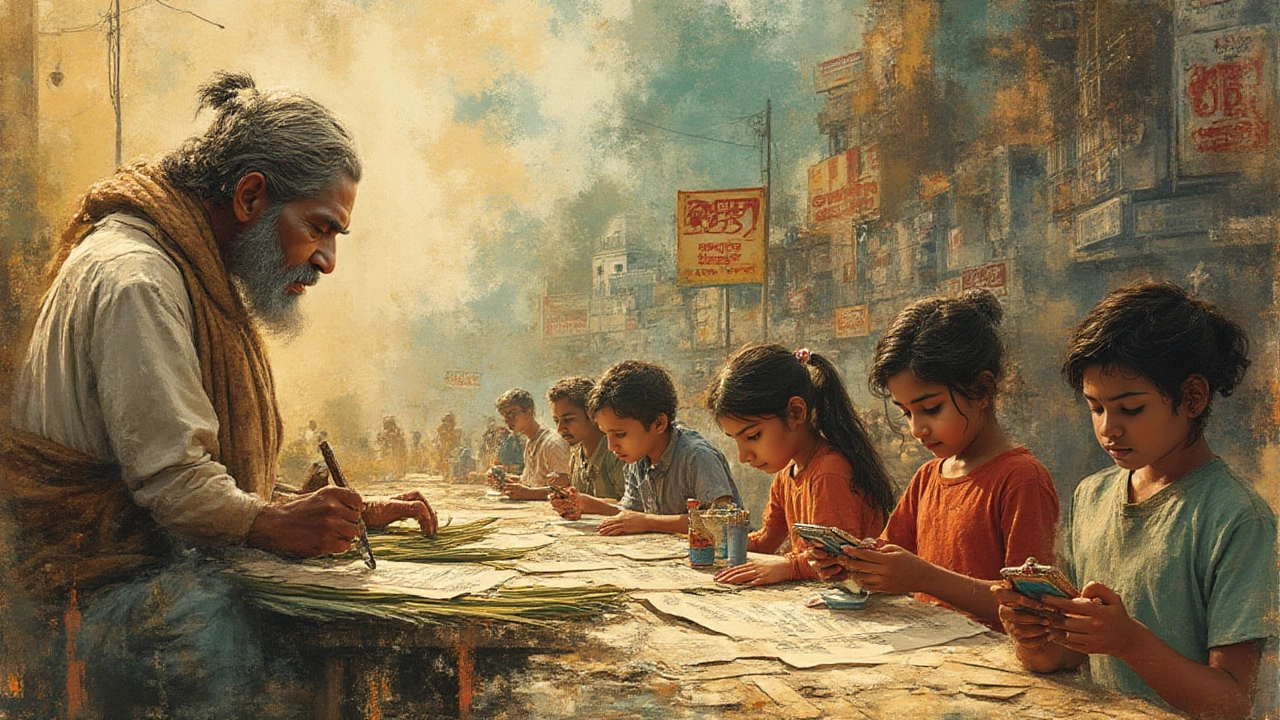
The Depth of Tamil Literature, Arts, and Worldview
Diving deep into Tamil literature is a bit like exploring a cavern full of glittering gems — except some of these literary treasures are nearly as old as civilization itself. The Sangam corpus, for starters, is a vast collection of poems composed between 300 BCE and 300 CE. The poets wrote about love, war, friendship, kings, rain, and heartbreak — things that still make us tick today. Their writings don’t just sit in libraries; kids recite them in school competitions, people quote them in politics, and families use their wisdom as dinner-table advice.
If you want something more practical, there’s the Thirukkural, probably the shortest, pithiest guide to living a good life, penned by the poet Thiruvalluvar more than 1,500 years ago. Its couplets fit on a couple of lines, but tackle everything from charity to justice to sweet, awkward romance. Whenever I’ve had an argument with my spouse — she’s got a sharp memory for good proverbs — I know I’ll hear a Thirukkural or two coming my way.
The language also gave the world its own style of epic storytelling. Epics like ‘Silappatikaram’ and ‘Manimekalai’, both written well before the first Harry Potter book, feature sharp-witted heroines, feisty merchants, and dramatic showdowns, all set in bustling market towns and ancient capitals. And don’t even get me started on folk tales and ballads — let’s just say there are stories about clever crows, wise kings, and magical mangoes that every child in Tamil Nadu knows by heart.
Tamil is pretty creative when it comes to arts outside literature too. Its classical music system, “Carnatic,” shares a deep kinship with Sanskrit traditions, but brings its own unique flavor — listen to a veena recital and you can almost feel centuries of history swirling around. The ancient Tamil drama and dance tradition, “Koothu,” gets neighbors from across villages gathering to watch actors perform tales of gods, kings, and mischievous imps. It’s loud, bright, and full of wild humor — nothing stuffy or “high culture” about it.
Even the world’s oldest surviving Hindu temple, the Subramanya Swamy Temple in Tamil Nadu, is inscribed in ancient Tamil. Then there’s the Tamil calendar — it’s still in regular use. You’ll overhear arguments about the best day for a wedding or a harvest based on its rhythms — the system has been ticking along since the early Sangam age. No small feat for a calendar that’s outlasted empires.
If you’ve ever used the zero in math — well, Tamil poetic traditions were already playing with numeric concepts and syllable patterns before zero officially joined our number system! And here’s a quirky tip: in “Aathichudi,” an ancient Tamil primer, every letter of the alphabet gets its own moral — “அறம் செய விரும்பு” (Love to do good). Learning morals right alongside your ABCs.
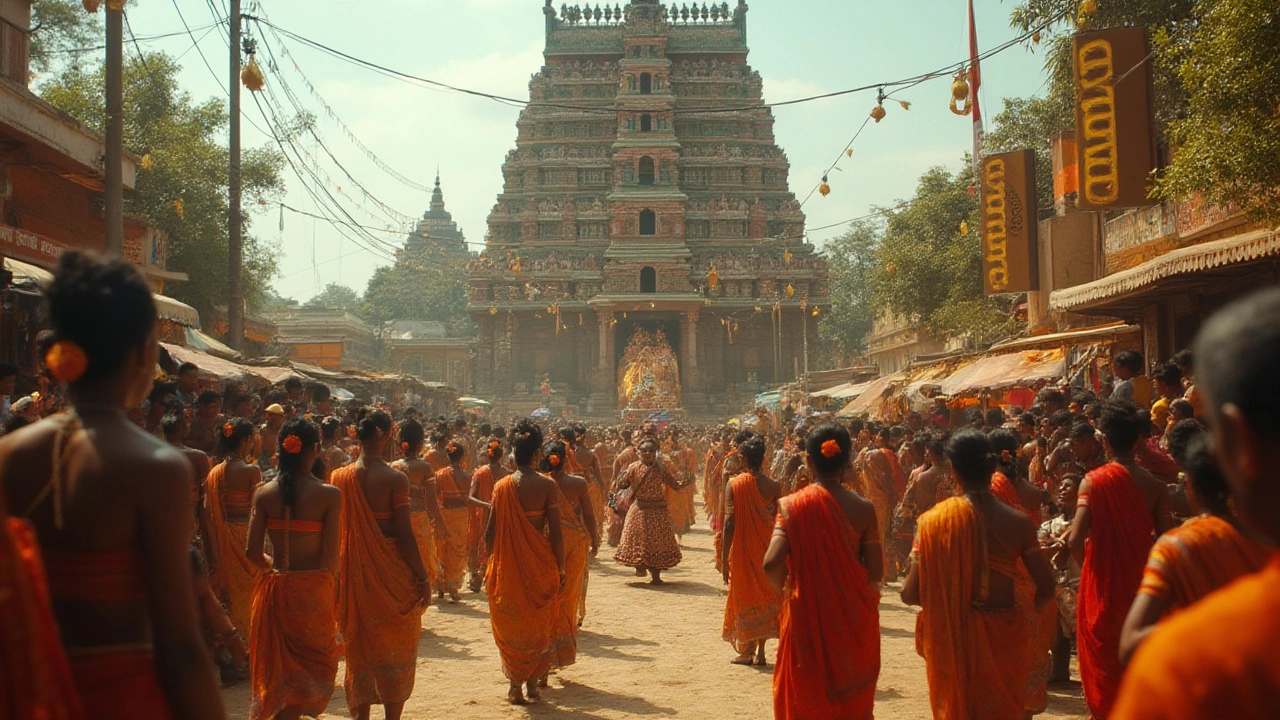
Modern Tamil in the Digital World and Everyday Life
For a language with such deep roots, Tamil has adapted to the future with astonishing energy. It’s not wallowing in the past — it’s on YouTube, trending on Twitter, and filling WhatsApp groups around the world, while celebrating everything from the latest blockbuster song (people still love “Why This Kolaveri Di?”) to viral memes about politicians, movie stars, and cricket.
Globalization hasn’t pushed Tamil aside. Instead, Tamil communities in Toronto, London, Sydney, Singapore, and Kuala Lumpur have turned it into a global language. Bilingual street festivals, Tamil book fairs, and even international spelling bees hosted on Zoom or Clubhouse have made it both cosmopolitan and rooted. More than 10 universities outside India now teach advanced Tamil studies. If you’re at Oxford University, you can study Sangam poetry in the same halls where Oxford dons pore over Greek classics.
The language is tech-savvy too. Unicode support is robust, so you’ll see flawless Tamil script in emails, websites, and even app interfaces. Voice assistants like Siri and Alexa can understand Tamil commands — try saying “வானிலை எப்படி இருக்கு?” (How’s the weather?) and see what happens. During my last visit to Chennai with Fiona, we literally ordered street food using a food app in Tamil (and got extra chutney, which is never a bad thing).
If you’re learning Tamil, there’s good news: it’s logically structured but has a rich sound system — 12 vowels and 18 consonants, with every letter pronounced the way it’s written. You don’t get those maddening English spelling rules here. Even young kids in the diaspora get their hands on colorful Tamil alphabet blocks and interactive mobile games, so they stay connected with their grandparents’ tongue.
And let’s not forget cinema. Tamil films are watched by millions beyond language borders — “Enthiran” (Robot) made waves in Japan, “Super Deluxe” was screened at international film festivals, and whole villages in rural Senegal dance to the beat of Tamil movie soundtracks. Major tech players like Google and Meta now provide content moderation, ads, and search in Tamil, recognizing a digital audience that’s young, active, and growing.
If you’re traveling with Tamil-speaking friends, don’t be surprised if you run into a cheerful “vanakkam” (hello) in pretty much any corner of the planet. You might even surprise someone back if you throw in a “nandri” (thank you) with a broad grin. Learning a few phrases can open doors — and sometimes, kitchen doors to the best home-cooked food you’ll ever eat.
What’s really special about Tamil isn’t just its age, its massive body of ancient poetry, or even its catchy pop culture. It’s how a living, evolving language can pull together giggling kids, serious professors, no-nonsense food vendors, and proud grandparents across continents. From ancient palm-leaf manuscripts to AI-powered translation apps, Tamil’s journey reads like a novel — and it’s nowhere near finished yet.
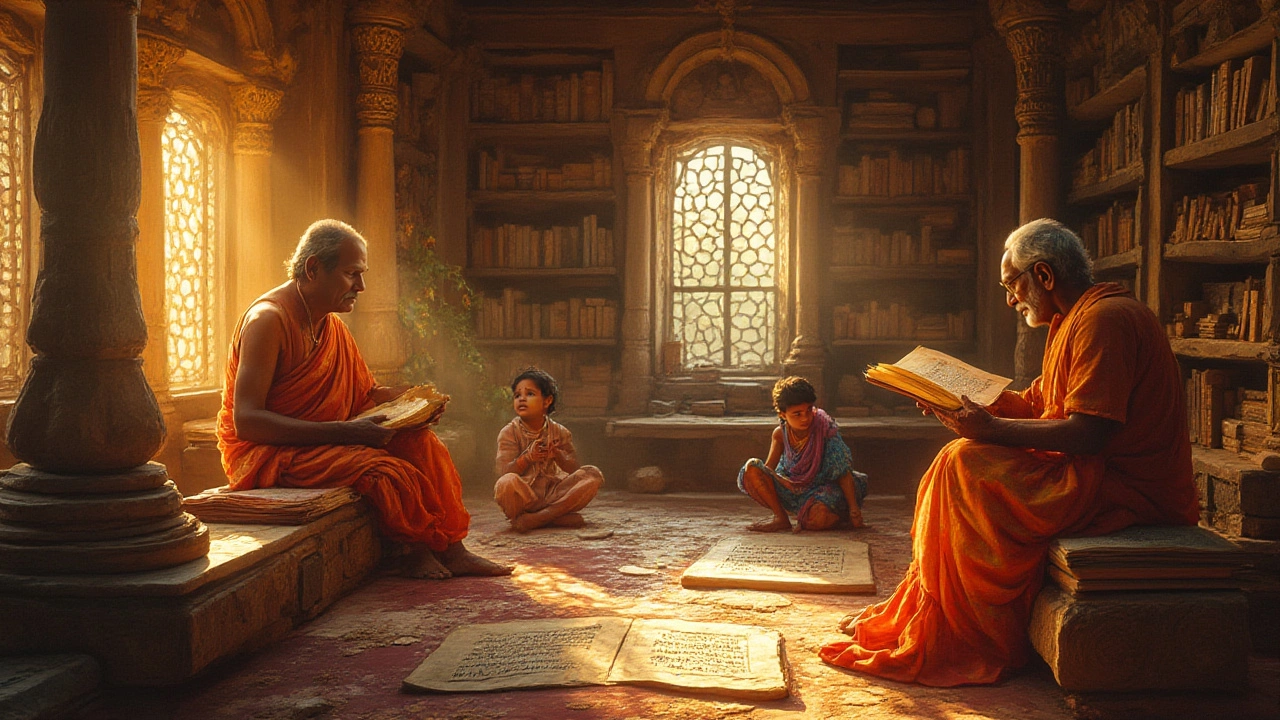
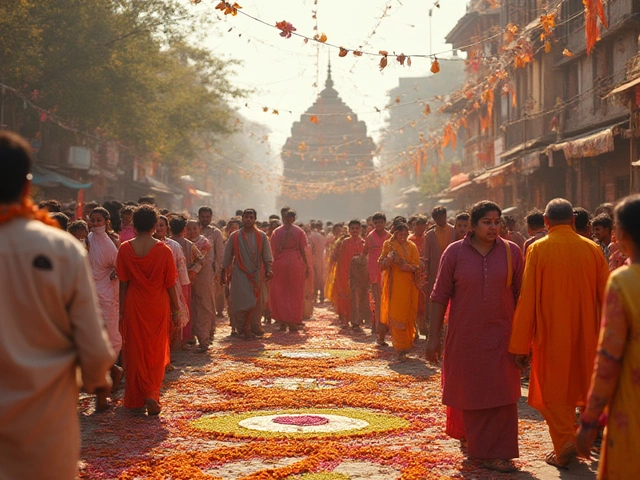
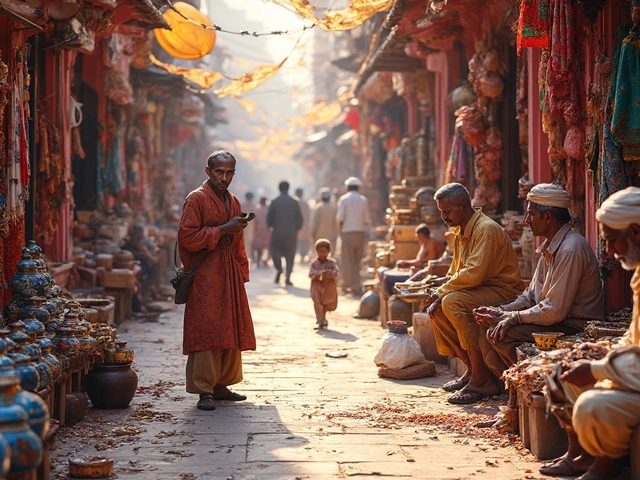



Write a comment